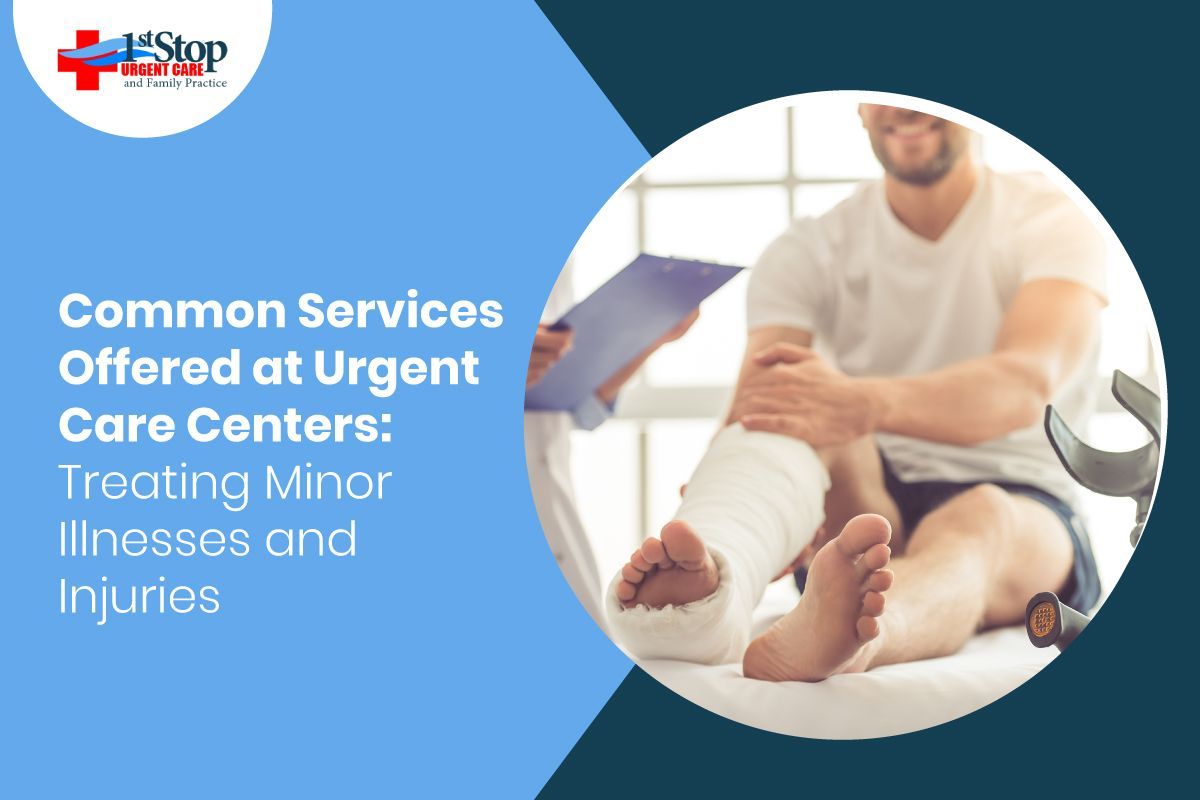How to Manage Sciatica Pain

How To Manage Sciatica Pain
The word "sciatica" describes nerve pain caused by an injury or irritation of the sciatic nerve. However, true injury to the sciatic nerve is actually rare. Still, "sciatica" describes any pain that originates in the lower back and radiates down the leg.
What is the function of the sciatic nerve?
The sciatic nerve is the longest in the human body. It provides direct motor function to the following:
- hamstrings,
- lower extremity adductors,
- calf muscles,
- anterior lower leg muscles, and
- some intrinsic foot muscles.
Terminal branches of the sciatic nerve also provide sensation to the back and sides of the lower leg and the sole of the foot.
What Causes Sciatica?
It is important to note that sciatica is a chronic condition that can have a variety of causes. Any illness impacting or compressing the sciatic nerve may cause sciatica symptoms. Commonly, a herniated or bulging lumbar intervertebral disc causes sciatica.
Other causes include:
- Bone spurs
- Spondylolisthesis or relative misalignment of one vertebra
- Lumbar spinal stenosis
- Lumbar or pelvic muscular spasms
- Infections of the spine
- Injury to the spine
- Cauda equina syndrome
Rarely, any masses in the spine, such as malignancies may cause sciatica symptoms.
Is Sciatica Common?
Sciatica appears to have no gender predominance, with a peak incidence in patients 40 years old or older.
40% of people will get sciatica during their lifetime, which becomes more frequent as they age.
Who Is At Risk?
Sciatica is more likely to occur if you have any of the following conditions:
- Have a spinal injury or history of previous spine injury
- Are age 40 and above
- Obesity
- Have a demanding physical job
- Lack of proper posture when doing weight training
- Diabetes
- Osteoarthritis
- Sedentary lifestyle
- Are a smoker
Is Pregnancy A Risk for Sciatica?
Pregnant women usually get sciatica, but increasing weight isn't the primary cause. During pregnancy, certain hormones loosen the ligaments. Additionally, ligaments maintain spine stability which holds the vertebrae together. Yet, the spine can become unstable due to loose ligaments. Loose ligaments result in slipped discs and impingement of nerves resulting in sciatica. The baby's position and weight could also contribute to the development of sciatica.
How Do You Know If You Have Sciatica?
A person suffering from sciatica usually experiences mild to severe pain anywhere along the path of the nerve. In addition to muscle weakness, numbness, and tingling in your leg, foot, and toes, it can also cause pain in your leg and foot.
Other symptoms of sciatica include:
- An aching or burning sensation in the affected area
- Sneezing and coughing make the pain worse.
- There is numbness
- A tingling sensation
- Weakness of muscles
- Body pain, generally on one side.
How Is Sciatica Diagnosed?
To diagnose sciatica, your doctor will ask what triggers and relieves your symptoms and where you felt them. Additionally, as part of your physical exam, your doctor will check the following to determine what movements worsen your symptoms:
- your muscle strength,
- sensation, and
- reflexes
A straight leg raise can confirm if there is nerve impingement. Your doctor will lift one leg up slowly as you lie face up on a table to determine if it aggravates your symptoms. If there is pain upon stretching, the test is positive for nerve impingement. Changing your spine's position or bending a certain way may also worsen sciatica symptoms.
Your healthcare provider may recommend imaging and other tests during your physical exam.
Examples include:
- X-rays of the spine to detect fractures, disk problems, infections, tumors, and bone spurs.
- Imaging the back using magnetic resonance imaging (MRI) or computed tomography (CT). MRIs can reveal pressure on nerves, disk herniations, and arthritic conditions that might be pressing on them. To confirm the diagnosis of sciatica, an MRI is usually ordered.
- Electromyography measures how well electrical impulses travel through the sciatic nerve.
Does Sciatica Pain Go Away On Its Own?
It is usually possible for sciatica to resolve independently without any treatment. Despite this, it doesn't necessarily mean it's over for good. You may experience sciatica recurrence and even develop into a chronic condition if you don't address the underlying condition that caused it.
How Is Sciatica Pain Managed?
Management of sciatica pain starts with the use of non-pharmaceuticals. Here are some self-care tips for easing sciatica pain:
- Using hot or cold packs offers comfort and decreases inflammation.
- Avoid engaging in inciting activities or spending too much time sitting or standing.
- Maintaining an upright and good posture throughout the day.
- Engaging in exercises that increase core strength would be a good idea.
- Gentle stretching of the lumbar spine and hamstring may relieve lower back pain.
- Walking and swimming are all excellent forms of light exercise that you can engage in regularly.
- Lifting techniques must be used properly to prevent injury.
Also, read on
Living With Sciatica Pain: How to Cope and What to Avoid.
When Should I See My Healthcare Professional?
Sciatic pain is different for everyone. Each type of pain, its intensity, and its cause can differ. It may be necessary to try an aggressive treatment first in some patients. Nonetheless, if conservative, self-care treatments haven't provided relief after six weeks, it's time to return to a healthcare professional.
Other treatment options include:
- Pharmacological treatments: Your healthcare provider may prescribe muscle relaxants for muscle spasms. Furthermore, your treatment plan might consist of prescription pain medicines early on.
- Physical therapy: Physical therapists can help you with a stretching and aerobic exercise program. They can also recommend strengthening exercises for your back, abdomen, and legs. Physical therapy also aims to reduce pressure on the nerve to decrease sciatica pain.
- Spinal injections: Corticosteroid injections may offer relief around the lower back. However, this is only a short-term solution for pain relief (usually three months).
- Alternative therapies: Increasingly, alternative treatments are used to treat and manage pain. Sciatic pain can also be improved with acupuncture, yoga, or spinal manipulation.
Is Surgery Necessary When There Is Sciatic Pain?
Surgery would depend on the cause of your sciatica. Spinal surgery relieves nerve pinching by removing pressure on the nerves. It also aims to stabilize the spine.
If symptoms persist for more than a year, then consider surgery. Those suffering from severe pain that prevents them from standing or working must undergo more aggressive treatment and surgery sooner.
Pain Is Real but So Is Hope
We understand the struggles of living with sciatica pain as it affects your day-to-day activities, work, and even family spending time. If you are seeking Sciatica Pain Management in Torrance or
Sciatica Pain Management in Camarillo look no future! At
1st Stop Urgent Care, we offer pharmacological and non-pharmacological treatment strategies for sciatica pain. Offering not just relief but hope that pain will go away. Our Urgent Care Center is faster and less expensive than the emergency room. Visit our
Urgent Care Torrance California and Urgent Care Camarillo locations! We also welcome walk-ins! You can avoid waiting by making an appointment. Please reach us at (310) 328-3421.
1st Stop Urgent Care and Family Practice is a trusted primary care and urgent care center in Torrance and Camarillo. In addition, we provide occupational health services such as drug testing, annual physicals, pre-employment exams, and immigration physical exams, to name a few. We are a more affordable, more convenient, and more friendly alternative to the ER! Call or visit the clinic now!
GET IN TOUCH
Hours:
- Mon - Fri
- -
- Sat - Sun
- Closed
Hours:
- Mon - Fri
- -
- Sat - Sun
- Closed
1st Stop Urgent Care and Family Practice | All Rights Reserved.










